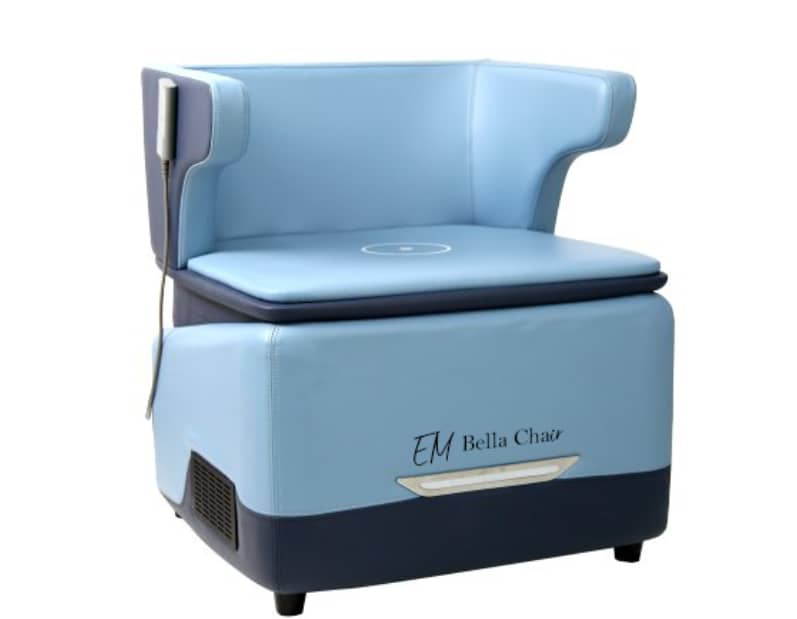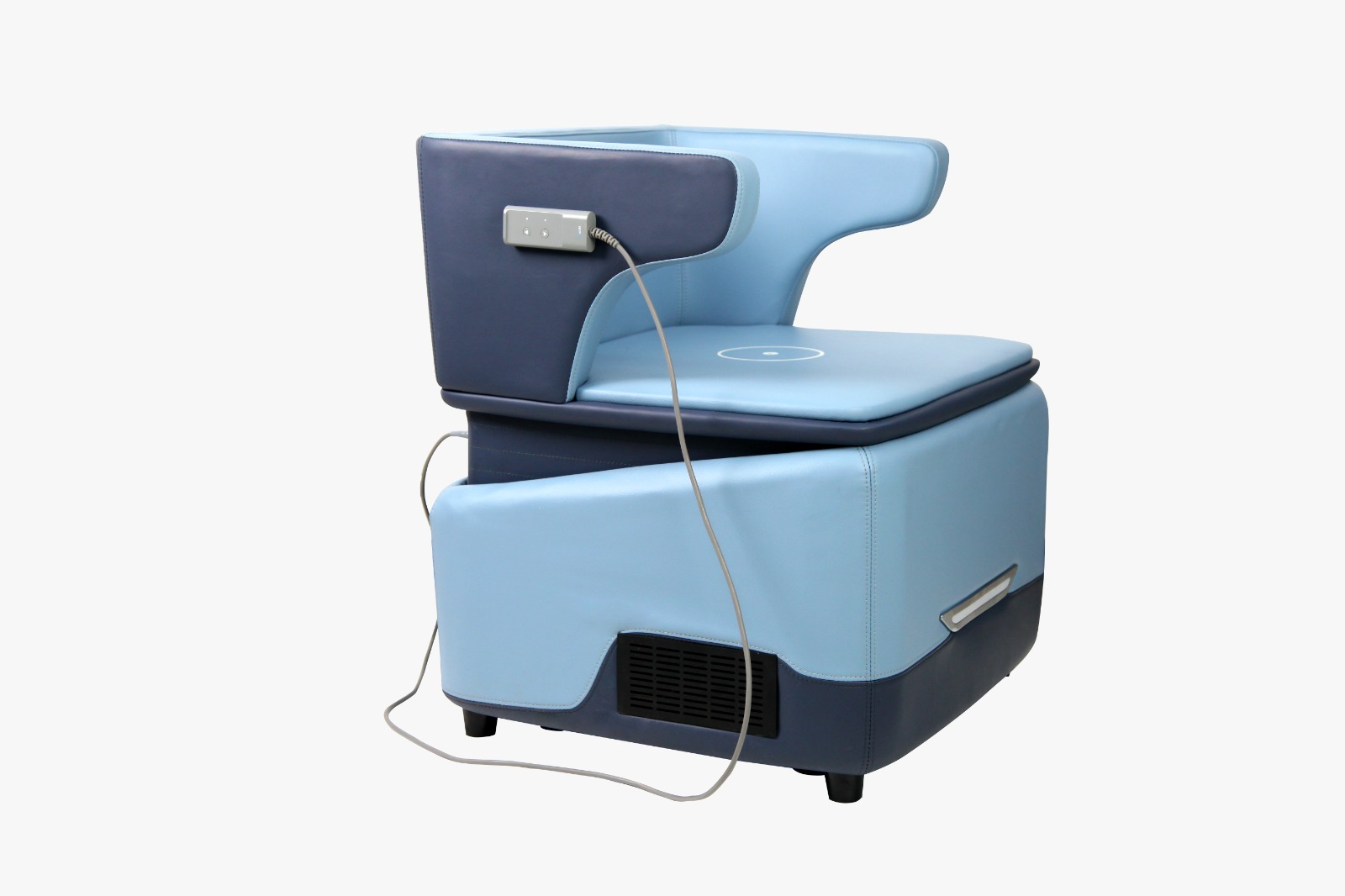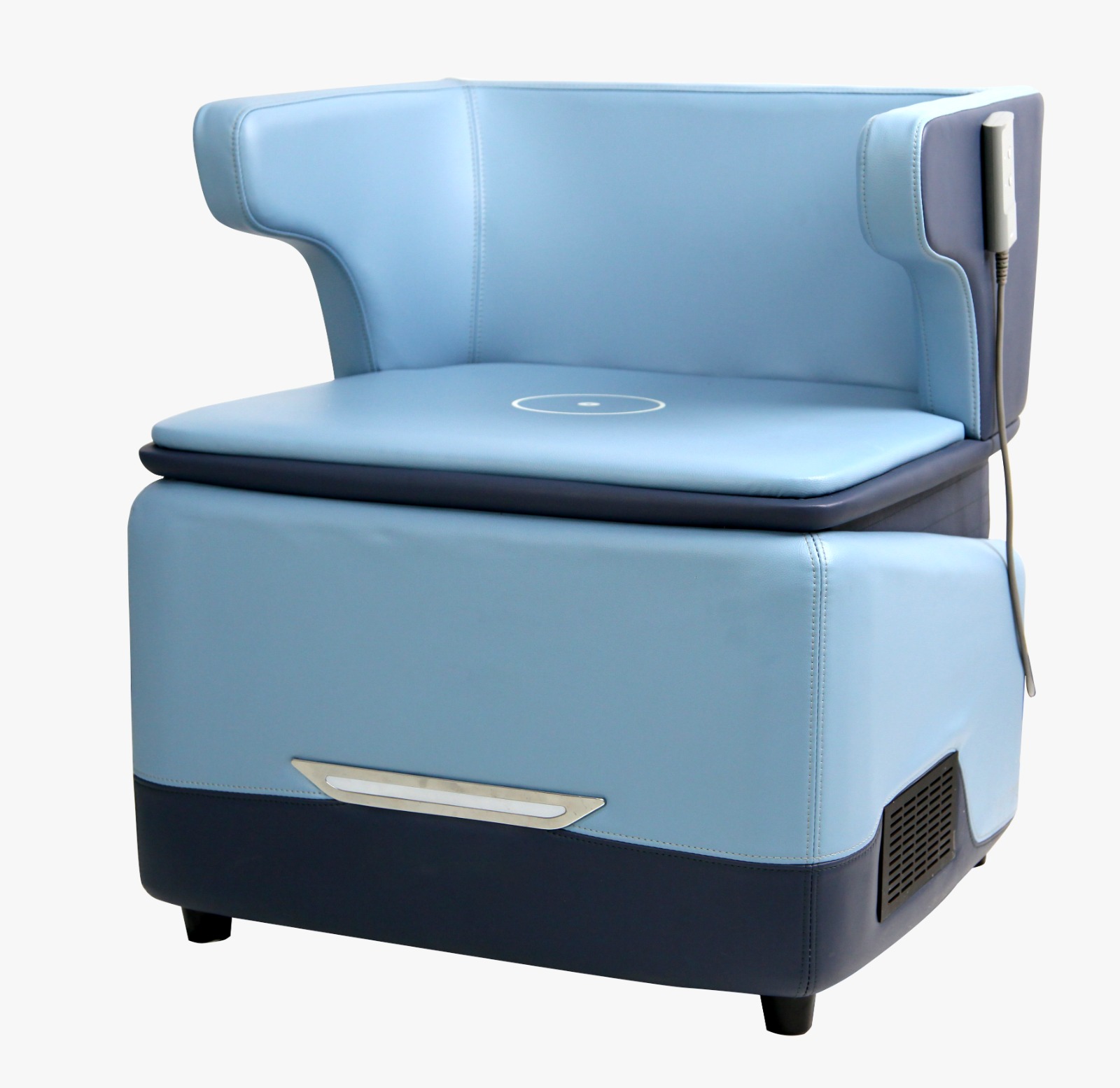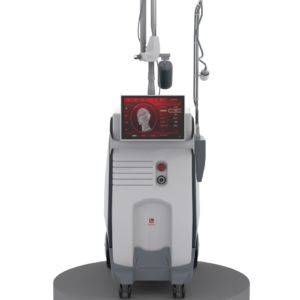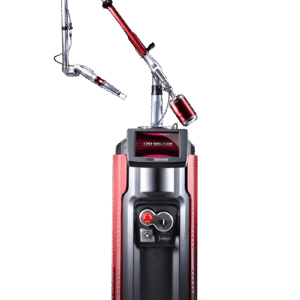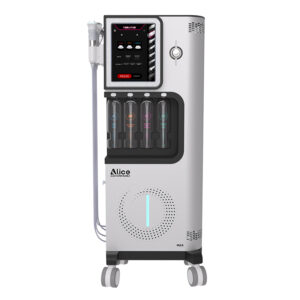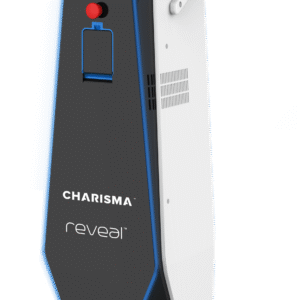Description
EmBella: The Revolutionary Pelvic Floor Treatment
Overview
The EmBella chair, also known as the “Kegel Throne,” is a non-invasive medical device used to strengthen the pelvic floor muscles. It is a US FDA-approved treatment for urinary incontinence in both men and women.
How it Works
The EmBella chair uses High-Intensity Focused Electromagnetic (HIFEM) technology to induce deep pelvic floor muscle contractions. During a 28-to-30-minute session, the device generates thousands of supramaximal contractions, equivalent to performing over 11,000 Kegel exercises.
Conditions Treated
– Urinary Incontinence: Treats various types of incontinence, including stress, urge, and mixed incontinence.
– Weak Pelvic Muscles: Conditions like pregnancy, childbirth, and menopause can weaken the pelvic floor muscles, leading to continence problems.
– Sexual Health: Strengthening the pelvic floor can help improve sexual satisfaction and orgasms in women, and erectile dysfunction and premature ejaculation in men.
– Pelvic Organ Prolapse: The treatment can provide relief for women with early-stage pelvic organ prolapse.
Treatment and Results
– Protocol: A typical treatment course consists of six sessions, performed twice a week over three weeks.
– Timeline: Some patients may notice improvement after a single session, with more significant results becoming apparent after a full course of treatment.
– Duration of Results: Treatment effects can last for up to a year, but maintenance sessions every few months may be recommended to sustain the results.
Pros and Cons
Pros
– Non-Invasive: The procedure requires no surgery, anesthesia, or downtime.
– Comfortable: Patients remain fully clothed during the session.
– Effective: It provides thousands of highly effective pelvic floor muscle contractions in a short period.
– Fast: Sessions are quick, lasting around 30 minutes.
Cons
– Cost: The treatment can be expensive, with a full course potentially costing thousands of dollars.
– Maintenance: Results are not permanent and require maintenance sessions or consistent at-home exercises.
– Limited Long-Term Data: Some experts note that long-term studies are limited.
Who Should Not Use EmBella
– Pregnancy: It is not recommended for pregnant women.
– Implants: Individuals with electronic or metal implants in their bodies should not use the device.
– Medical Conditions: Those with heart disorders, hemorrhagic conditions, or malignant tumors should avoid the treatment.
Frequently Asked Questions
Q: Is the EmBella treatment painful?
A: Patients may feel a tingling or buzzing sensation, but the procedure is not painful.
Q: How long do the results last?
A: Treatment effects can last for up to a year, but maintenance sessions may be recommended.
Q: Is the EmBella treatment suitable for everyone?
A: No, it is not recommended for pregnant women, individuals with certain medical implants, or those with certain medical conditions.
